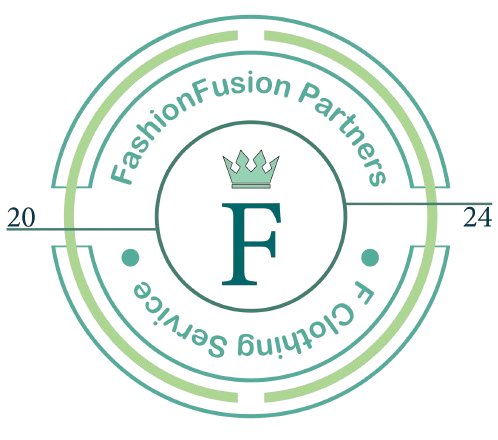
Project description: In this garment manufacturing field, I have more than 8 years of practical working experience with a lot of worldwide renowned clothing brands. Based on practical working experience I’m establish one small Knitted base manufacturing factory with full CAD set-up. I have a good team and we are providing, A COMPLETE APPAREL SOLUTION, we help you to grow your clothing business by giving all kind of service.[22:58, 07/08/2024] +880 1723-815760: Skills and deliverables:
Pattern Correction
Pattern Grading
Pattern Drafting
Patternmaking
Marker Making
Key Components of a Tech Pack:
-
Cover Page:
- Design Sketch: A clear, detailed sketch of the garment, usually a flat sketch (2D) showing the front and back views.
- Style Number: A unique identifier for the garment.
- Season/Collection: The specific collection or season the garment is part of.
- Designer Information: Name and contact details of the designer or brand.
-
Technical Sketches:
- Flat Sketches: Detailed, to-scale drawings of the garment showing all views (front, back, side) and specific details like stitching lines, trims, and construction.
- 3D Sketches (Optional): Sometimes, a 3D sketch is included for a more realistic view of the garment.
-
Bill of Materials (BOM):
- Fabric Details: Type of fabric, fabric weight, composition, and supplier information.
- Trims and Accessories: Details of buttons, zippers, labels, elastics, etc., including materials, colors, and suppliers.
- Colorways: The different color options for the garment, including Pantone or color codes.
-
Measurements and Sizing:
- Size Specification (Spec) Sheet: A table listing all the critical measurements for each size (e.g., chest, waist, length), including tolerances.
- Grading: Information on how the measurements should scale up or down across different sizes.
-
Construction Details:
- Stitching and Seams: Specifics about the types of stitches and seams to be used, including stitch length and seam allowance.
- Finishing: Details on hemming, washing, or any other finishing processes.
- Labeling and Tags: Placement and details of labels, care instructions, and tags.
-
Artwork and Placement:
- Prints and Embroidery: Detailed artwork files for prints, embroideries, or appliques, including placement on the garment.
- Placement Specifications: Exact placement and scale of logos, prints, or any other graphic elements on the garment.
-
Costing Sheet (Optional):
- An estimate of production costs based on materials, labor, and other factors. This may include a breakdown of costs for each component.
-
Packaging Instructions:
- Details on how the garment should be folded, packed, and labeled for shipping, including any specific packaging requirements.
Tools and Software:
- Adobe Illustrator: Commonly used for creating flat sketches and tech pack layouts.
- Excel or Google Sheets: Often used for the measurement spec sheet and BOM.
- Tech Pack-Specific Software: Tools like Techpacker, CLO 3D, or Tukatech that offer specialized features for creating tech packs.
Importance of a Tech Pack:
- Communication: Ensures clear communication between designers, manufacturers, and other stakeholders, reducing the risk of errors in production.
- Quality Control: Helps maintain consistency and quality in the production process.
- Cost Efficiency: Reduces the need for multiple samples and revisions, saving time and money.
Role of a Tech Pack Maker:
- Accuracy: Ensuring all details are accurate and clear to avoid production errors.
- Collaboration: Working closely with designers, pattern makers, and manufacturers to gather and compile all necessary information.
- Revisions: Updating the Tech Pack as needed throughout the production process to reflect any changes or adjustments.
Are you currently involved in making Tech Packs, or are you looking to get into this field?





Thank you for this well-researched and thorough article. The insights you’ve shared are incredibly valuable, and I’ll be referring back to this post often.